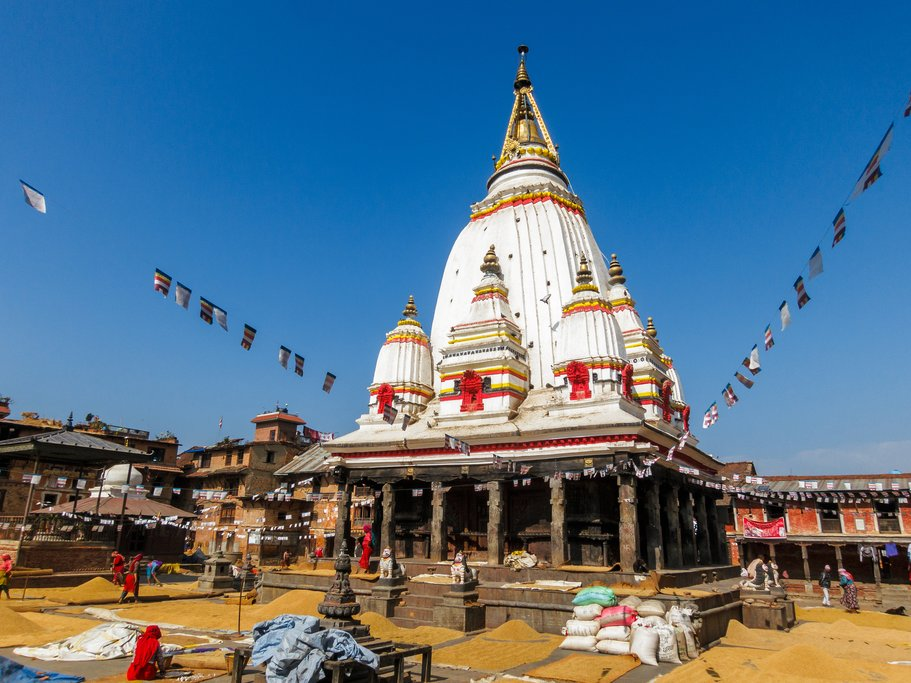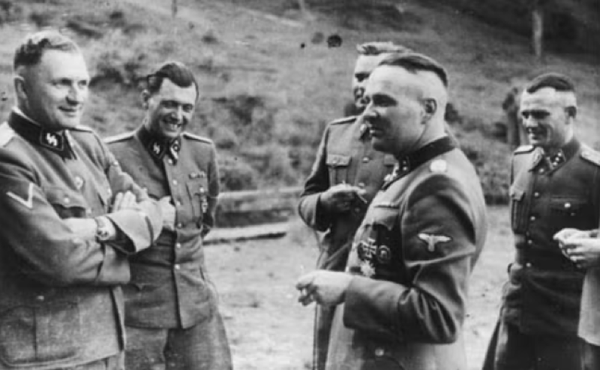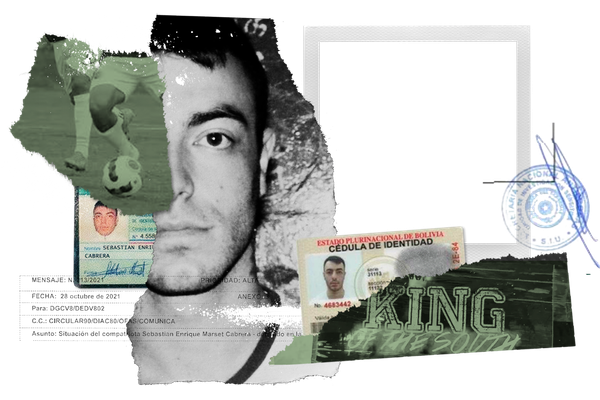In search of stolen gods

In the town of Bungamati, Nepal, above an ancient spring, stand two stone shrines and a temple. One of those shrines has a large hole where a statue of Shreedhar Vishnu, the Hindu protector god, used to be. Carved by master artisans nearly a thousand years ago, the sandstone god was flanked by the Hindu goddess Laxmi and the winged demigod Garuda and is considered a protective figure. For many years members of the local community carefully tended and worshipped the idol. Sometime in the early 1980s that tradition abruptly ended when thieves removed the 20-inch statue. About a decade after the theft, and on the other side of the world, a wealthy American collector donated the statue to New York City’s famed Metropolitan Museum of Art. There it would remain for nearly 30 years until an anonymous Facebook account called the Lost Arts of Nepal identified it.
The mystery of Alice in Wonderland syndrome
Nine-year-old Josh Firth was in the car with his parents when he noticed something strange happening to the buildings on either side – they seemed to be getting bigger. When he told his mother, Sonja, she was baffled. As far as she was concerned, the buildings looked the same as they always had. It wasn't the only time this would happen. After returning from school one day, Josh, who is from Canberra, Australia, told his mother how "his teachers' faces became bigger, out of proportion to their bodies and the walls of the schoolroom got elongated and further away from him". Josh says that on one occasion when playing chess at school, he noticed "his fingers getting wider and bigger to the point of feeling unable to pick up the chess pieces". It took nearly two years for the family to find out what was going on. Josh suffers from a rare disorder known as Alice In Wonderland syndrome.

The legacy of pioneering photographer and bicyclist Alice Austen
She has mounted fifty pounds of photography equipment on her bicycle and is pedaling along the shore to the Staten Island ferry, headed for Manhattan. Photography is only a generation old and Alice Austen (March 17, 1866–June 9, 1952) is twenty-nine. She is about to take photographs of the proper technique for mounting, dismounting, riding, and carrying a bicycle for her friend Maria’s trailblazing manifesto-manual for cycling, inciting Victorian women to embrace the spoked engine of emancipation: “You are at all times independent. This absolute freedom of the cyclist can be known only to the initiated.” Alice — artist, athlete, banjo player, sailor, founder of the Staten Island Garden Club, the first woman to own a car in the borough — has come as close to absolute freedom as a woman of her era could come.

Right to be rude upheld by Supreme Court
In a decision that jangled the nerves of some elected officials, the Massachusetts Supreme Judicial Court last week reaffirmed a basic liberty established by the founding fathers: the right to be rude at public meetings. The ruling sent waves of consternation across the state, where many local select board and school committee members have emerged battle-scarred from the coronavirus pandemic and its fierce disputes over masks, vaccines and remote learning. Stemming from a lawsuit filed against the town of Southborough, Mass., by a resident who said selectmen had silenced her unlawfully, the decision pushed back against attempts to mandate good manners. “On its face it’s very dispiriting,” said Geoff Beckwith, executive director of the Massachusetts Municipal Association, which until last week had been nudging towns to develop civility guidelines for meetings.

Geneticist Barbara McClintock, a Nobel Prize winner at 81
When it comes to cytogenetics, the field of genetics studying the structure and function of cells, Barbara McClintock was a true pioneer. At the age of 81 in 1983, she became the first woman to win a solo Nobel Prize in Physiology or Medicine for discovering genetic transposition, when genes change positions on chromosomes. She used the concept to explain how genes can cause certain physical characteristics to be turned on or off. For example, this is why kernels on the same piece of corn may have different colors. When Barbara McClintock went to Cornell University, women weren’t allowed to major in genetics. Instead, McClintock earned her bachelor’s and master’s degrees in botany and joined an elite group of researchers who studied the properties of corn at the cellular level.

Hydra, Leonard Cohen’s favorite Greek island
Leonard Cohen’s house is not easy to find. But nothing on Hydra is. Street names are difficult to locate, and the houses don’t have numbers. The Greek island juts upwards, roads and alleyways wind around steep stone steps without railings. There are no cars or even bicycles allowed. The only transportation you’ll see are mules and donkeys. The cafés and bars of the agora come into view, all arranged in a semicircle around the Aegean Sea. So do the whitewashed houses with their red roofs dotting the green and grey mountains. It looks just like the old footage in the Netflix documentary Marianne & Leonard: Words of Love. It’s like stepping into an archival photograph. When Leonard Cohen first stepped off the ferry here in 1960, he probably didn’t know how important this small island would become to both his work and his mythology.

Astronomical clock includes a 400-year perpetual calendar
This astronomical clock took five years to be made. pic.twitter.com/kUqxwANxC4
— Massimo (@Rainmaker1973) March 23, 2023
It shows a 400 year perpetual calendar, equation of time, sidereal time, Sun/Moon rise and set, Moon's phase and age, tides, solar/lunar eclipses, planisphere, tellurium, and https://t.co/L4sgdZef3L…

